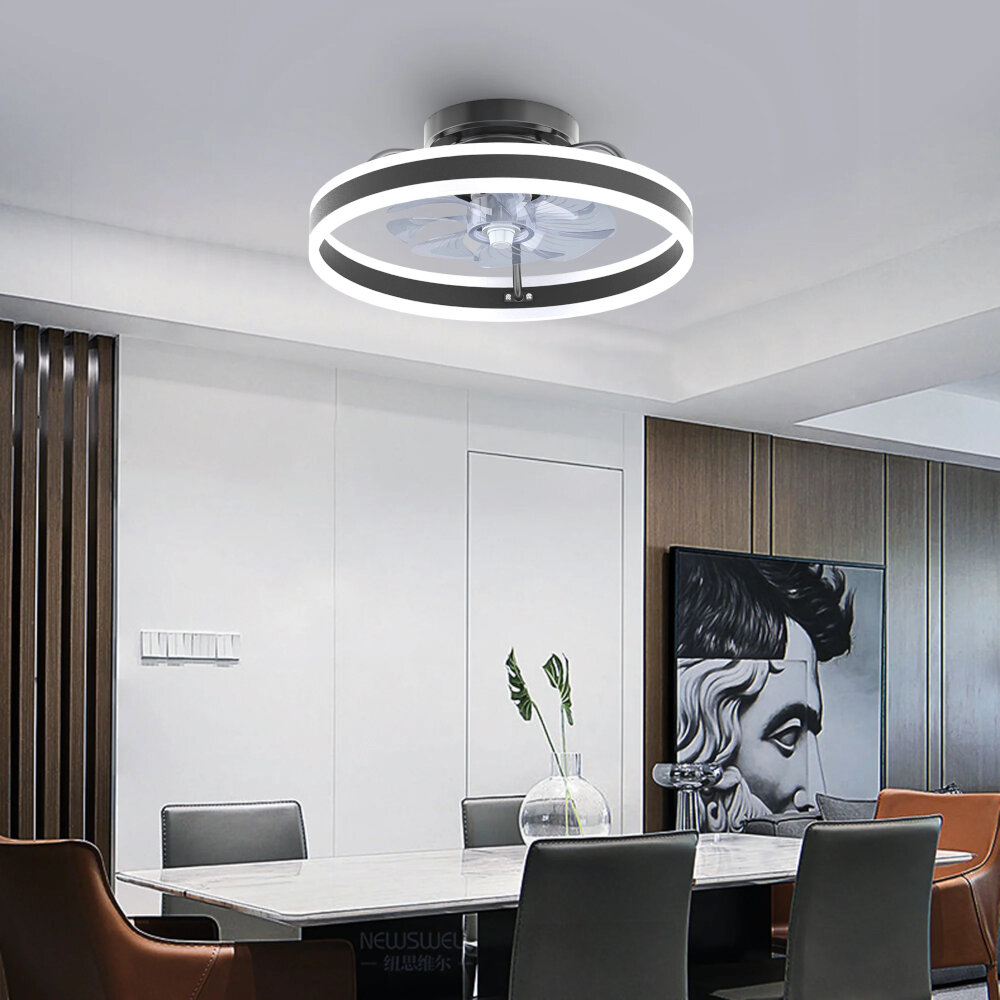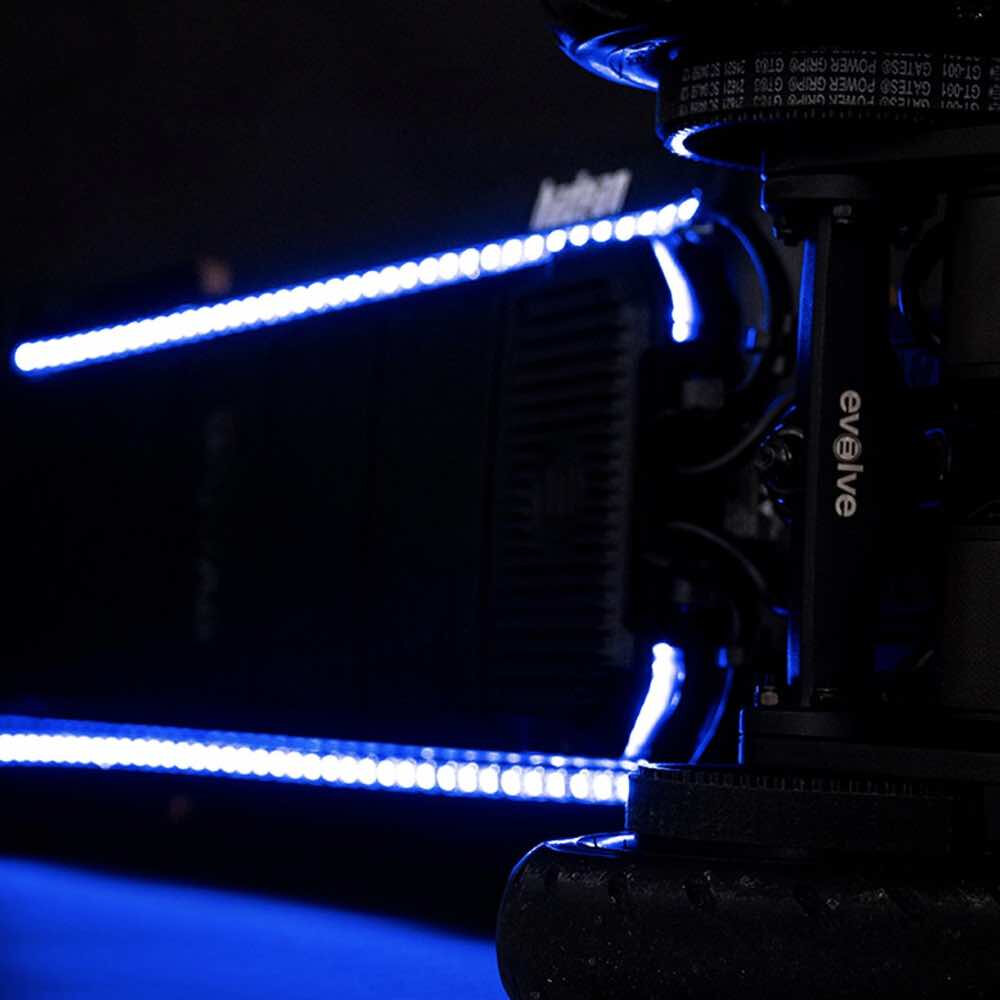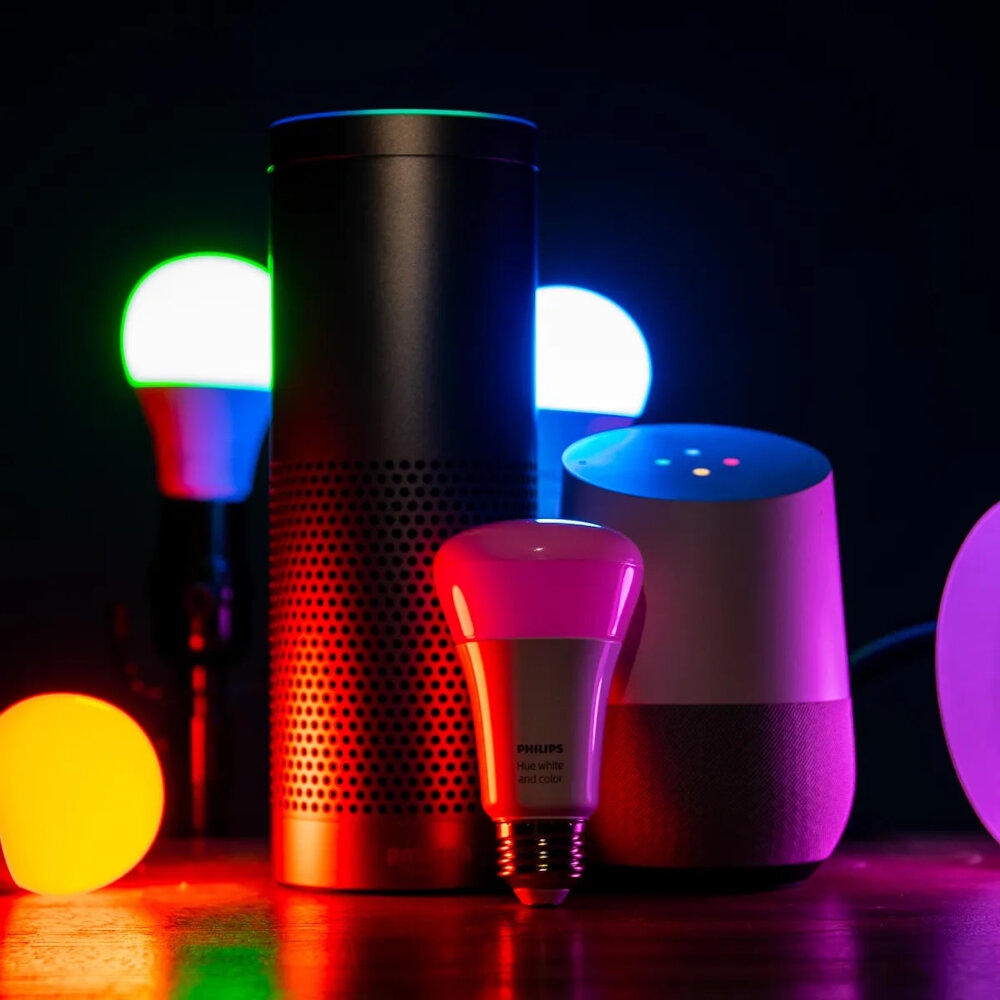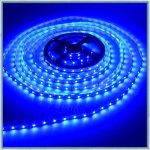LED Tube Light Testing Made Easy: A StepbyStep Guide

LED tube lights are energy-efficient lighting options that are rapidly replacing traditional fluorescent tube lights in homes, offices, and industries. These lights are not only cost-effective but also offer better quality lighting, longer lifespan, and lower maintenance costs. However, like any other electronic device, LED tube lights can also malfunction or fail prematurely due to various reasons. To ensure the optimal performance and longevity of your LED tube lights, it is essential to conduct regular testing and maintenance. In this article, we will provide you with a comprehensive step-by-step guide on how to test your LED tube lights and troubleshoot any issues that may arise. LED tube light testing may seem like a daunting task, especially if you don’t have prior experience in electronics or electrical systems. However, with the right tools and knowledge, it can be a straightforward and quick process. In this guide, we will cover all the necessary steps, from preparing your testing tools and equipment to interpreting the results of your test. We will also discuss some common issues that you may encounter during the testing process and provide you with practical solutions. So, whether you are a homeowner looking to test your LED tube lights or a professional electrician seeking guidance, this guide has got you covered.
Testing LED tube lights is crucial to ensure that they are safe, reliable, and meet the required standards for energy efficiency. LED tube lights are widely used in commercial and residential settings, and their popularity is growing due to their energy-saving capabilities. However, without proper testing, there is a risk of product failure, which can lead to potential hazards such as electric shocks, fires, and injuries. Furthermore, testing LED tube lights can help identify any defects or manufacturing issues that could impact the performance and lifespan of the product. By conducting thorough testing, consumers can have confidence in the quality and safety of the LED tube lights they are purchasing.
LED tube lights have become increasingly popular in recent years due to their numerous benefits over traditional fluorescent lights. For one, LED tube lights are much more energy-efficient and can save users up to 50% on energy costs. Additionally, LED lights have a much longer lifespan, lasting up to 50,000 hours compared to a fluorescent bulb’s lifespan of 10,000 hours. LED tube lights are also more environmentally friendly as they do not contain any hazardous materials like mercury, which is commonly found in fluorescent bulbs. They also emit less heat, making them a safer option. LED tube lights also offer a brighter and more consistent light output, making them an excellent choice for use in commercial and industrial spaces.
Understanding LED Tube Light Testing

LED tube light testing is an essential process that ensures the quality, safety, and efficacy of lighting products. LED tube lights are widely used in homes, commercial buildings, and industrial facilities, making it crucial for manufacturers, distributors, and end-users to test these products before use. The testing process involves a series of procedures that evaluate the performance and compliance of LED tube lights with industry standards and regulations. These procedures include testing for luminous efficiency, color rendering index (CRI), power consumption, and thermal management. To perform LED tube light testing, you need to have the right tools and equipment, such as a photometer, spectrometer, and power analyzer. These tools help you measure the light output, color temperature, and power consumption of LED tube lights accurately. Additionally, you should follow the testing procedures outlined in the relevant standards, such as IEC 62471, which provides guidelines for testing the photobiological safety of lamps and lamp systems. By adhering to these standards and using the right tools, you can ensure that your LED tube lights are safe, efficient, and reliable.
LED tube light testing is a critical process that ensures the quality and safety of LED tube lights. This testing involves a series of steps to examine the performance and durability of LED tube lights, including measuring their brightness, power consumption, and color temperature. LED tube light testing is essential to verify that the products meet the required standards, comply with safety regulations, and perform as advertised. It also helps to identify any defects, weaknesses, or inconsistencies in the manufacturing process and allows manufacturers to improve their products and customer satisfaction. Therefore, LED tube light testing is a crucial step in the production and distribution of high-quality, reliable, and energy-efficient lighting products.
LED tube lights are an energy-efficient alternative to traditional fluorescent tube lights. However, to ensure their safety, performance, and longevity, LED tube lights must undergo rigorous testing. The most common testing methods for LED tube lights include Photometric testing, which measures the light output, color temperature, and color rendering index; Electrical testing, which checks for voltage, current, and power consumption; Thermal testing, which evaluates the heat dissipation and temperature tolerance of the LED tube light; and Mechanical testing, which tests the durability and impact resistance of the LED tube light. By employing these testing methods, manufacturers can ensure that their LED tube lights meet industry standards and provide reliable and efficient lighting solutions for consumers.
Preparing for Testing

Preparing for testing is a crucial step in the overall process of LED tube light testing. Before starting the actual testing process, it is important to ensure that all necessary equipment and tools are available and in good working condition. This includes the LED tube light tester, power supply, testing cables, and any other necessary accessories. It is also important to have a clear understanding of the testing requirements and standards, as well as any specific testing protocols that may be required. In addition to equipment and tool preparation, it is also important to properly prepare the LED tube light for testing. This includes ensuring that the tube light is properly installed and connected to the power supply, and that any necessary adapters or connectors are in place. It is also important to check the LED tube light for any visible damage or defects, as these can affect the accuracy of the test results. By properly preparing both the equipment and the LED tube light, the testing process can be completed efficiently and accurately, leading to reliable and trustworthy results.
In order to test LED tube lights, there are several tools and equipment needed that are essential for the process. First and foremost, a digital multimeter is required to measure voltage, current, and resistance of the LED tube light. A power supply is also necessary to provide power to the LED tube light during testing. A lux meter is used to measure the light output of the LED tube light and ensure it meets the required standards. A thermal imaging camera is used to detect hotspots and temperature changes on the LED tube light. Additionally, a test fixture is used to hold the LED tube light securely in place during testing. All of these tools and equipment are necessary to properly test and evaluate the performance of LED tube lights.
Preparing an LED tube light for testing can be quite easy if you follow these simple steps. First, make sure that the LED tube light is switched off and disconnected from the power source. Then, remove the tube light from its fixture by gently twisting it in a counterclockwise direction. After that, carefully inspect the tube light for any signs of damage or wear and tear, such as cracks or discoloration. Next, use a soft, dry cloth to clean the tube light and remove any dust or debris that may have accumulated on it. Finally, reinsert the tube light into its fixture, making sure that it is secured in place, and switch on the power source to test the light. By following these easy steps, you can ensure that your LED tube light is ready for testing and functioning properly.
Testing the LED Tube Light

When it comes to testing an LED tube light, there are a few essential steps that must be taken to ensure that the tube light is functioning correctly. First, it is essential to check the power supply and ensure that the voltage and current are within the acceptable range for the LED tube light. This can be done using a multimeter or a voltage tester. Once the power supply has been verified, the next step is to check the wiring and connections to ensure that there are no loose or damaged wires. Any loose or damaged wires should be repaired or replaced before proceeding with the test. After verifying the power supply and wiring, the next step is to test the LED tube light itself. This can be done using a specialized LED tester or simply by connecting the tube light to a power source and observing its behavior. One important thing to look for when testing an LED tube light is whether it flickers or flashes. Flickering or flashing can indicate a problem with the power supply, wiring, or the LED itself. If any issues are found during the testing process, they should be addressed promptly to ensure that the LED tube light is working correctly and safely. Overall, testing an LED tube light is a straightforward process that can be done quickly and easily with the right tools and knowledge.
Conducting testing for LED tube lights can be made easy by following these step-by-step instructions. First, ensure that the power supply is turned off and the fixture is disconnected. Then, remove the existing fluorescent tube and replace it with the LED tube light. Turn the power supply back on and check if the LED tube light is functioning correctly. Use a digital multimeter to measure the voltage and current in the fixture. Next, measure the temperature of the LED tube light with an infrared thermometer to ensure it is not overheating. Finally, check the color temperature and brightness of the LED tube light using a colorimeter. By following these steps, you can ensure that the LED tube light is functioning properly and efficiently.
During LED tube light testing, several issues may arise that can hinder the process. One common issue is inaccurate measurements due to improper calibration of the testing equipment. This can be addressed by ensuring that the equipment used is properly calibrated and regularly checked for accuracy. Another issue is the presence of external factors such as ambient light or electromagnetic interference that can affect the readings. To address this, the testing area should be shielded from external interference and conducted in a controlled environment. Additionally, inadequate sample sizes or faulty test designs can lead to unreliable results. To avoid this, a sufficient number of samples should be tested, and the test design should be carefully planned and executed. By addressing these common issues, accurate and reliable LED tube light testing can be achieved.
Interpreting Results and Troubleshooting

Interpreting Results and Troubleshooting is an essential step in LED Tube Light Testing. Once you have completed the testing process, you need to analyze the results to determine whether the tube light is working correctly or not. If the LED tube light performs well, it will provide the desired brightness and color temperature, and the power consumption will be within the range of the manufacturer’s specifications. In contrast, if the tube light fails to meet the required standards, it may indicate a malfunction in the internal components or wiring. Troubleshooting is a crucial step to identify the cause of any performance issues. It involves analyzing the results and identifying the root cause of any problems. For example, if the tube light is not turning on or flickering, it may indicate a wiring issue or a faulty driver. Similarly, if the tube light emits a dim or uneven light, it may be due to a damaged LED or a malfunctioning driver. Troubleshooting requires a systematic approach to identify and isolate the problem, followed by corrective actions to fix the issue. Overall, interpreting results and troubleshooting play a critical role in ensuring the performance and reliability of LED tube lights.
Interpreting test results is a critical aspect of LED tube light testing. It is essential to understand the data provided by the test results to determine whether the LED tube light meets the required standards or not. The first step in interpreting test results is to analyze the data provided by the test equipment. This includes the luminous flux, color rendering index, and color temperature. The luminous flux measures the total amount of light emitted by the LED tube light, and the color rendering index measures the ability of the light to reveal the true colors of objects. Color temperature measures the color appearance of the light source. After analyzing the data, it is necessary to compare it with the standard values to determine whether the LED tube light meets the required standards or not. By following these steps, you can accurately interpret the results of the LED tube light test and ensure that the product meets the desired specifications.
When testing LED tube lights, there are some common issues that may arise such as flickering, dimming, and color issues. Flickering is often caused by a faulty driver or loose wiring, and can be resolved by replacing the driver or tightening the wiring connections. Dimming issues may be caused by incompatible dimmer switches, and can be resolved by using a compatible switch or a dimming ballast. Color issues may be caused by a poor-quality LED or incorrect color temperature, and can be resolved by replacing the LED or adjusting the color temperature. It is important to troubleshoot these issues to ensure the performance and longevity of the LED tube light.
LED tube light testing is a crucial step in ensuring the quality and performance of these energy-efficient lighting devices. By subjecting LED tube lights to rigorous testing, manufacturers can identify any defects or issues that may affect their functionality or lifespan. This can help to improve the reliability and safety of LED tube lights, as well as reduce the risk of failure or malfunction. LED tube light testing also helps to ensure that these lighting devices meet industry standards for efficiency, brightness, and color accuracy. Overall, proper LED tube light testing is essential for ensuring that these lighting devices perform as expected, and can help to promote greater energy efficiency and sustainability in the lighting industry.
When it comes to testing LED tube lights, there are several important steps to follow. First, it’s important to inspect the tube light for any visible damage or defects. Next, you’ll need to check the power supply and ensure that it is functioning properly. Then, you’ll need to measure the voltage and current to ensure that they are within the appropriate range. After that, you’ll need to test the light output and color temperature to ensure that they meet the required specifications. Finally, you’ll need to examine the heat dissipation and ensure that the tube light is not overheating. By following these steps, you can ensure that your LED tube lights are working properly and providing the desired level of illumination.
In conclusion, LED tube light testing is an essential process that ensures the safety and quality of lighting products. Through this step-by-step guide, we have learned the importance of testing LED tube lights, the equipment needed, and the specific tests required. We recommend that manufacturers and suppliers follow these testing procedures to ensure that their products are reliable, efficient, and meet industry standards. It is important to also keep in mind that testing should be conducted regularly to ensure ongoing compliance with safety and performance standards. By following these guidelines, consumers can trust that the LED tube lights they purchase are safe and reliable, and manufacturers and suppliers can ensure their products meet industry standards and regulations.
Conclusion

In conclusion, testing LED tube lights may seem like a daunting task, but with the right tools and knowledge, it can be made easy. By following the step-by-step guide provided, one can ensure that their LED tube lights are functioning optimally and efficiently. It is important to remember that proper testing not only helps to prevent potential malfunctions and hazards, but also prolongs the life of the LED tube lights. With the increasing popularity of LED technology, it is imperative that users have a thorough understanding of how to test and maintain their LED tube lights. By doing so, we can ensure that we are not only saving energy and money, but also contributing to a sustainable and environmentally friendly future.




